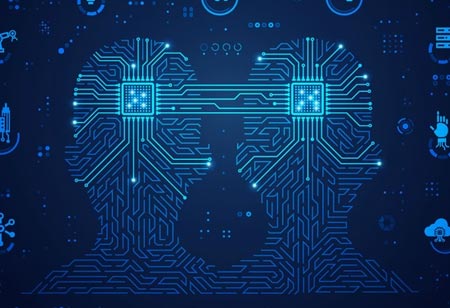THANK YOU FOR SUBSCRIBING
Digital Twins Taking Construction to the Next Level
Digital twin technology is used to model and predict product performance, make decisions and reduce costs.

By
Apac CIOOutlook | Thursday, November 11, 2021
Stay ahead of the industry with exclusive feature stories on the top companies, expert insights and the latest news delivered straight to your inbox. Subscribe today.
Digital twin technology is used to model and predict product performance, make decisions and reduce costs.
FREMONT, CA: Historically, construction has been a very linear, labor-intensive, and time-consuming process. Everything must be considered before a project takes shape in the real world, from project outlines to detailed architectural line drawings, simulations, testing, and iterative changes. And every step of the process must be agreed upon between architects, engineers, and builders.
In this regard, the digital twin can support construction projects by accelerating and automating existing design, manufacturing, and operations. A digital twin is a virtual representation of a physical object in the form of a three-dimensional model that contains evolving and dynamically updated data about the state of a project. Digital twin technology is used to model and predict product performance, make decisions and reduce costs.
Using digital twin design, for example, means first building a electrical system as a computer model, and then when building it, connect the digital twin model to the model via the Internet of Things (IoT) and create a fully digital dual smart building. Building owners can use a digital twin to control real-world systems the way they want. These are the types of opportunities that can be opened by building digital twins.
Besides, one of the clear benefits of digital twins is that they can align sustainability with design goals. In other words, creating a digital twin gives an advanced picture of carbon footprint and energy efficiency. This technology also means that the various parts of the structure can be produced in an off-site factory and then assembled on-site, making the technology infrastructure easier to assemble as well as dismantling and reusing it to support a circular economy.
See Also : Contract Manufacturing Services Companies





